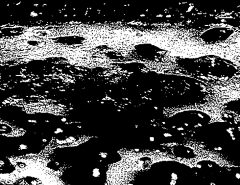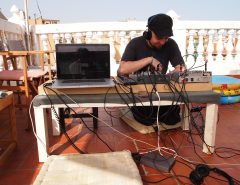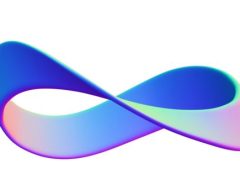Bernie Krause has been recording and studying natural soundscapes–biophonies–since 1968, and owns the world’s largest private library of nature sounds. Today, 40% of the soundscapes he has recorded have been extinguished by manmade noise pollution, or by habitat and species losses, and will never be heard «live» again.
As Krause and others discovered, each place on earth has a unique soundscape. Plotted out on a spectrogram, we can see «acoustical niches» for every creature, thrumming like instruments in an orchestra. Such complexities of physics, biology, and ecologies have evolved over millions of years. By studying ecologies through their soundscapes, we can learn more about overall health–and in just a few moments–than we can from exhaustive species counts.
The concept of soundscapes is relatively new, made possible not only by advanced audio technologies but also by an increased awareness of the impact of manmade sound on predator/prey dynamics, reproduction, orientation and migration. It can take up to 45-minutes for a biophony to return to its full expression after an airliner passes overhead; and underwater sonar can beach whales.
Beyond sound pollution and its mitigation, however, a larger set of questions arises with a wireless age. As personal technologies become commonplace, so too do customized soundscapes. Each of us can choose whatever and to whomever we prefer to listen, almost wherever and whenever we’d like.
For the first time in history it is both possible and crucial to ask how can we become more aware, not less, of the soundscapes we listen to. How are our choices charged with significance for the world we are creating–and for who we become in it?
Read An Interview with Bernie Krause. Related: Eco-phenomenology; Public Trust Doctrine
Sign up for your e-announcement of next postings, which will incorporate IFI’s Network contributors.






Leave a Reply
Lo siento, debes estar conectado para publicar un comentario.